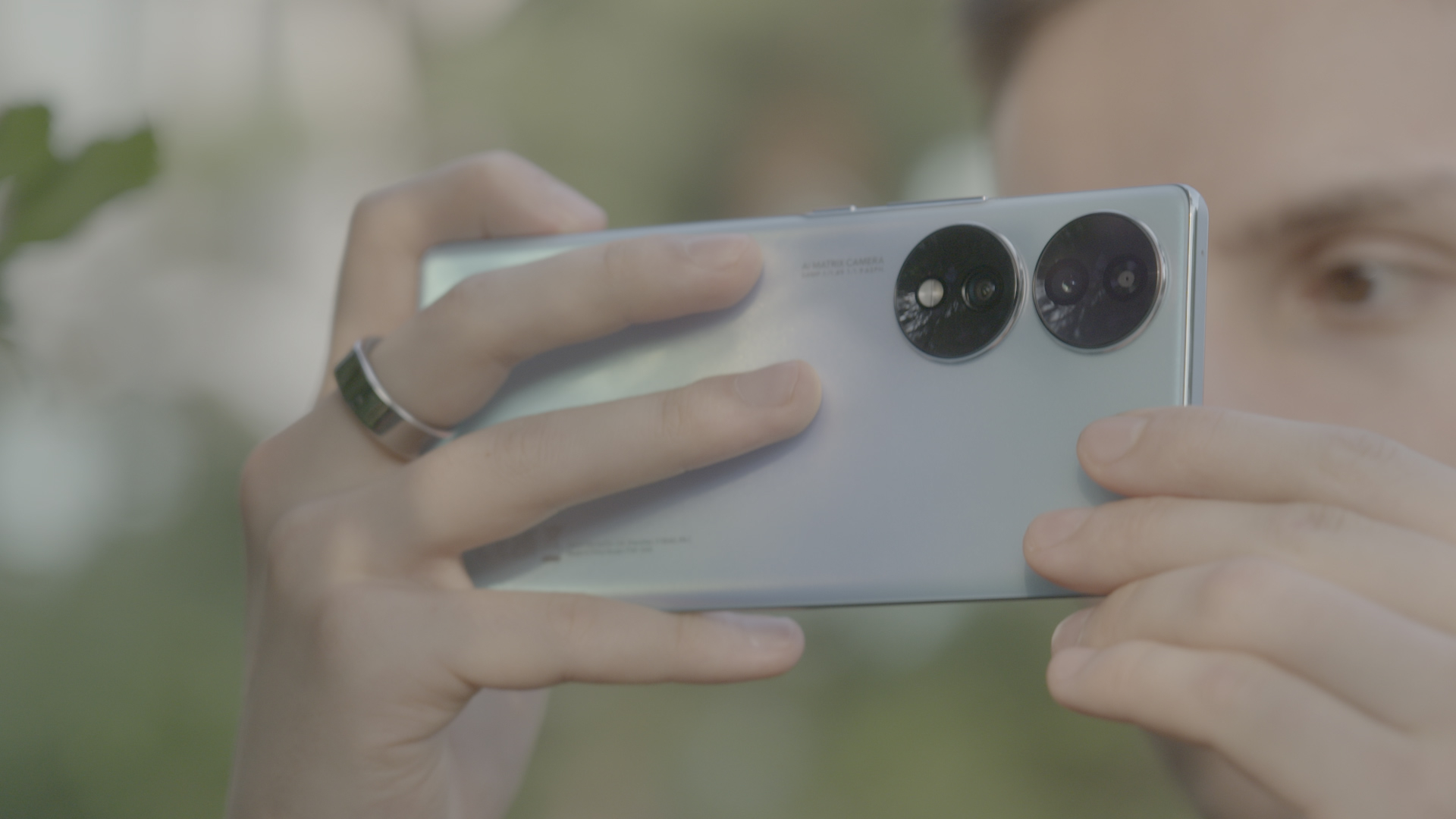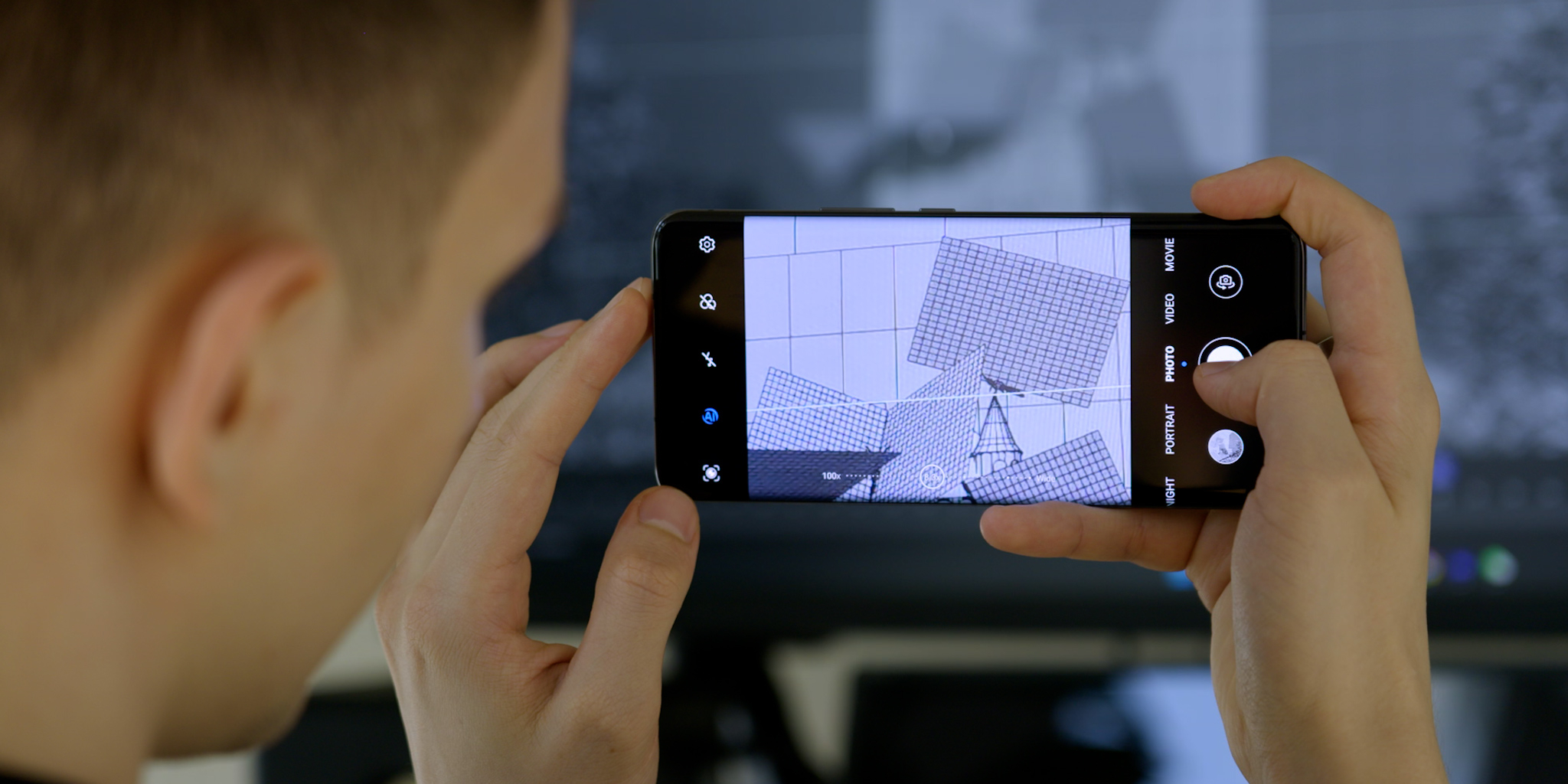How AR and VR could usher in a new era of experience

What makes an experience engaging and unforgettable? Your answer to that question might be very different now to what it was in 2020. The stay-at-home measures issued during the pandemic were challenging, but were also a catalyst for change.
Now, more than ever, our physical and digital worlds are merging. People can go to a festival in a field or visit an art gallery in a foreign city or watch their favorite band perform live. But they can also experience the very best in art, culture and entertainment from home, too.
The pandemic didn’t only accelerate tech advances, it changed expectations. People turned to all kinds of tech for engaging experiences they were sorely lacking in real life, whether that was to watch The Weeknd’s virtual concert on TikTok on their phones, or take part in an immersive theatre experience with a Meta Quest VR headset. Industry leaders think that now these expectations have changed, there’s no going back.

The art of the metaverse
This is the promise of the metaverse; the idea that our physical and digital worlds will become so intertwined we won’t think twice about shopping or working with our augmented reality (AR) specs or going to a work conference and visiting a friend for drinks on the other side of the planet with our virtual reality (VR) headset. At least that’s one vision of the future. But whatever your opinion, it’s clear that advances in AR and VR, often referred to as extended realities (XR), will shape not only how we play, but how we work and live too.
There’s a lot of discussion right now about the best ways to use XR technologies for working, productivity, and socialising — these are areas Meta has been focusing on in its mission to build new metaverse platforms. But the past couple of years have shown us that there’s huge potential for entertainment, culture and art, too. As more artists discover these technologies and venture into these virtual spaces for themselves, art as we know it could evolve.
In conversation with tech company Honor, visual artist Timo Helgert says: “The world turned to AR to provide new ways for people to experience culture and art, opening a new realm of possibilities for creativity, culture, travel and technology.”
Engaging the senses
As people explore this new virtual frontier, the pressure is on tech companies to continue creating experiences that foster creativity. A major part of this challenge is working on what VR researchers call “presence” — that’s the feeling that you really are in a virtual space or seeing and engaging with virtual objects. Everyone is different, but the more presence you feel in, say, a virtual art gallery, the more you’re likely to feel moved, happy and excited by your experience.
The recipe for creating this feeling of presence isn’t a sure thing. But what many tech companies are working on is ways to engage your senses. Whether that’s by enhancing display technology, so what you ‘see’ in a virtual space is almost as convincing as what you see in the real world.
Or with sounds, like developing spatial audio technology that adapts to your movements. So if you move your head to the left to get closer to a virtual performer, the sound of their voice will reflect that and become louder, as if you were really in the audience.
The fact XR technologies can engage our senses in these ways is what’s so appealing for performers, artists and other creatives. Helgert says: “AR can transform static art, creating an entirely new experience for users to enjoy.”

From the virtual to the real
Importantly, these new experiences don’t necessarily have to be imaginary and entirely virtual. Sure, it’s exciting to put on a VR headset and take a trip to a planet on the other side of the galaxy. But there’s also a wonderful opportunity for this technology to bring us closer to real-life people, places and hidden gems. Maybe that looks like a tour of a famous landmark you’ve always dreamed of visiting in real-life. Or maybe it’s a reimagining of a real space.
For example, XR could be used to show us how areas or buildings could change over the years. Whether that’s for the better, with sustainable solutions and new initiatives that champion the well-being of people and the planet, or as a warning to show what could happen to coastlines or cityscapes if we don’t take better care of the world around us.
This is definitely a motivation for Helgert, who tells Honor: “I use AR to create inspiring, escapist art, bringing to life new meanings and engaging experiences that showcase the beauty of art, technology, everyday life and social causes.”
This is what’s appealing — and sometimes misunderstood — about virtual spaces and the future of the metaverse. We don’t have to leave the real-world behind. We can choose to improve it, play with it and more fully experience what it has to offer than ever before. “Through the beauty of AR, art can become richer and bolder,” Helgert says. “Bringing new possibilities for people to express themselves and their values in new and creative ways.”
After investing heavily in AI and AR over the past few years, Honor is working on an exciting new project with Helgert, which he says will “connect communities in more immersive ways, ushering in a new type of popular culture.” We can’t wait to hear more when the project will be officially unveiled at IFA during the brand’s keynote on 2 September.
Sign up for breaking news, reviews, opinion, top tech deals, and more.